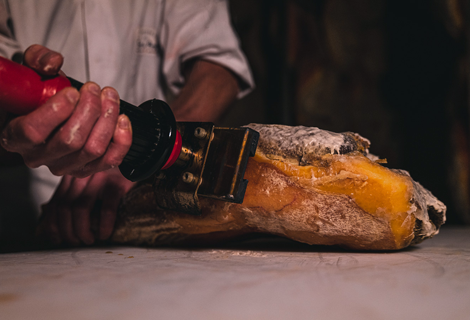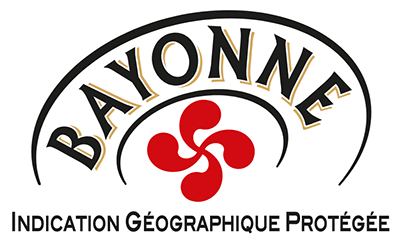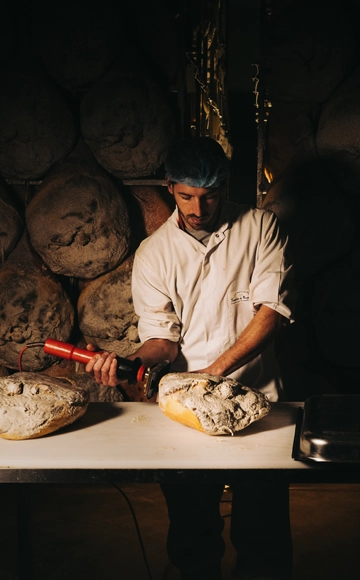
BAYONNE HAM, A STRONG TERRITORIAL ANCHORAGE
It is in the heart of the Adour Basin, in the South-West of France, that Bayonne ham is crafted. This territorial anchorage gives Bayonne ham its flavor and character.
Through the PGI (Protected Geographical Indication) awarded to Bayonne ham, exemplary craftsmanship and production methods are thus “protected.” Nothing is secret when trust in a product is based on its transparency, on the respect for time and steps, all of which play an essential role in the maturation of Bayonne ham.

ONE OF THE SECRETS OF BAYONNE HAM PRODUCTION: THE FŒHN EFFECT
Bayonne hams come from the Adour Basin, where the climate is favorable to slow and skillful drying. This area enjoys a particularly mild climate under the foehn effect. It’s the alternation of mild and humid weather with drier days. This is what allows the production of Bayonne ham in the Adour Basin.
BAYONNE HAM, CRAFTED ACCORDING TO TRADITIONAL PRINCIPLES
I
Salting: in the winter cold
Whole fresh hams are rubbed one by one with PGI Salies-de-Béarn spring salt. They are then covered with a thick layer of salt and placed in the cold salting room.
I
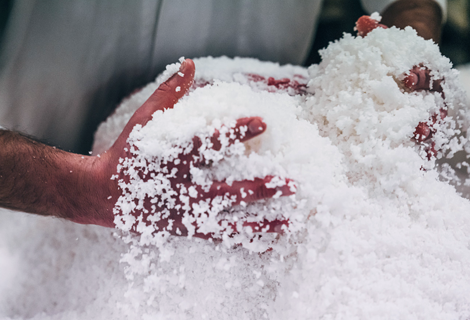
II
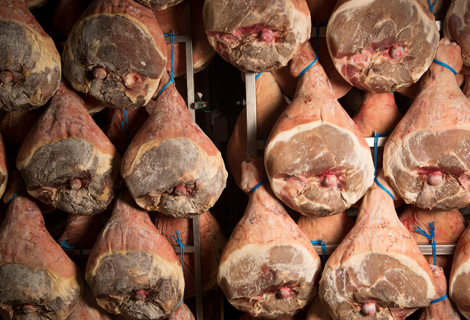
II
Resting: in the cool cellar
After salting, the hams are hung in the resting room. This rest recreates winter conditions followed by drying with mild, spring-like temperatures.
III
Drying: hanging from the beam
Drying the ham is a key step. The hams are placed in drying rooms where a long maturation begins to optimize the flavor, aroma, and tenderness of the ham. The first scents of the ham begin to emerge. It’s summer!
III
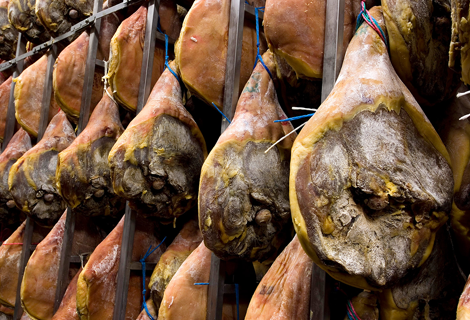
IV
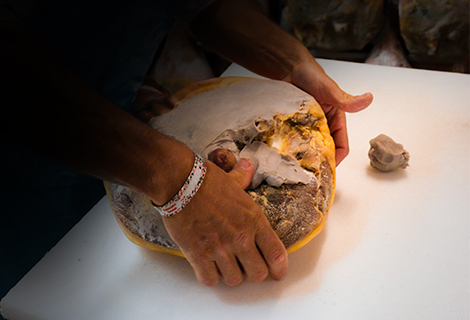
IV
Coating: while waiting to be consumed
Coating involves applying a mixture of pork fat and rice flour to the muscular parts of the ham, allowing for gentler drying during the long maturation period.
V
Maturation: the time of maturity
This is the ultimate step, where the ham will acquire all its “inner qualities” and reveal its personality: mild flavor, balanced salting, delicate aroma.
V
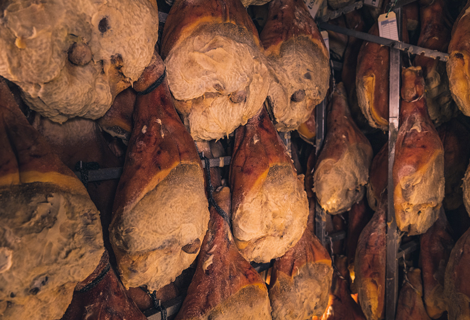
VI
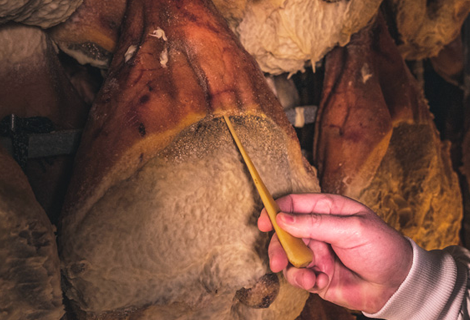
VI
Testing: the final step before tasting
After maturation, testing occurs: the hams are subjected to the judgment of the “noses” who will define the quality of the hams based on the delicacy of their aroma. For this, curers use probes that capture the scent of the ham. The average production time for a Bayonne ham is between 9 and 12 months, with a minimum of 7 months.
VII
Stamping with the Lauburu, the "Bayonne" seal
The “Bayonne” seal, the Lauburu, or Basque cross, is branded with a red-hot iron on hams that have successfully passed the various selection stages. The Lauburu is printed in red and black on the labeling of all Bayonne hams.
VII
